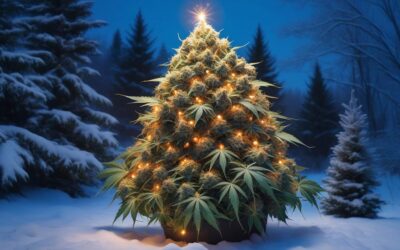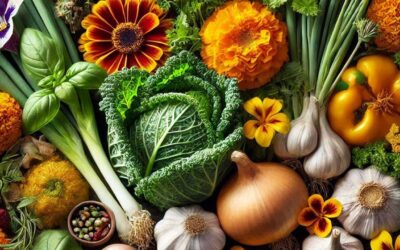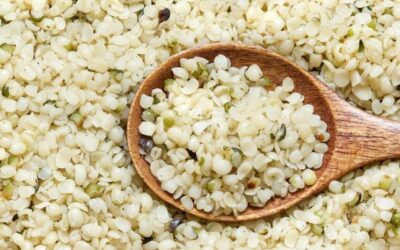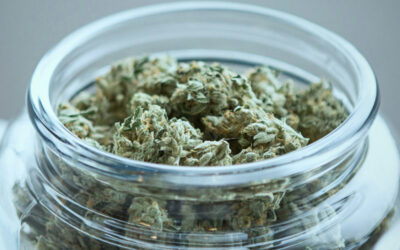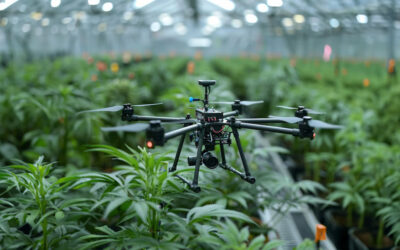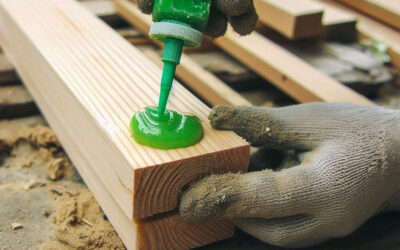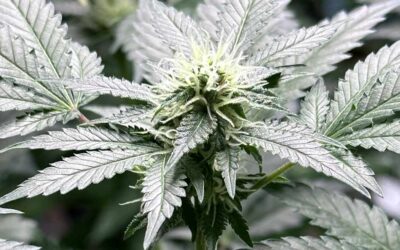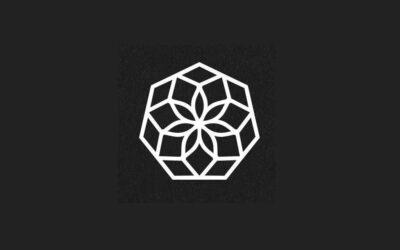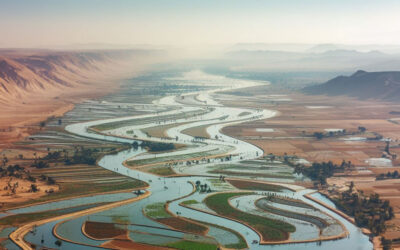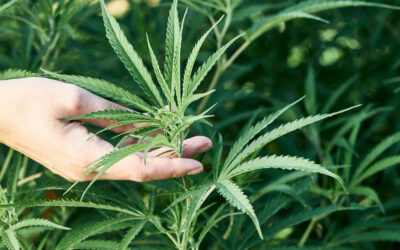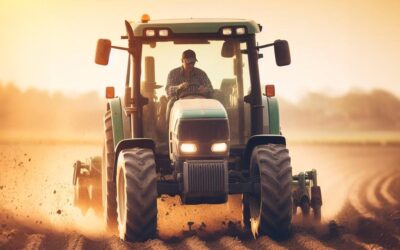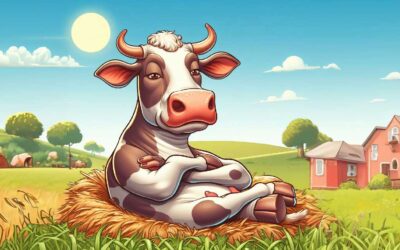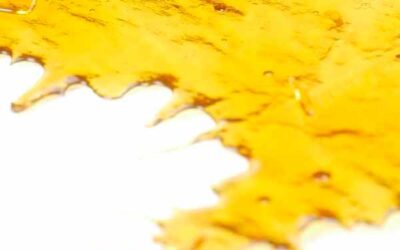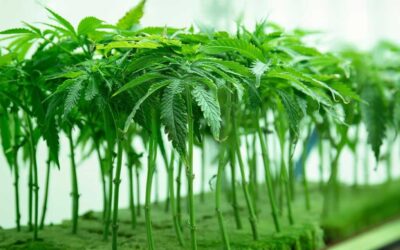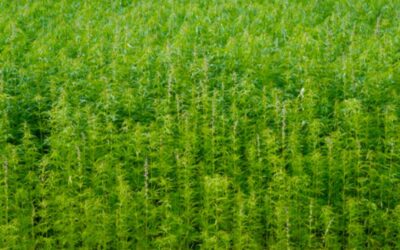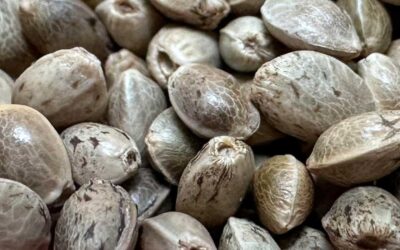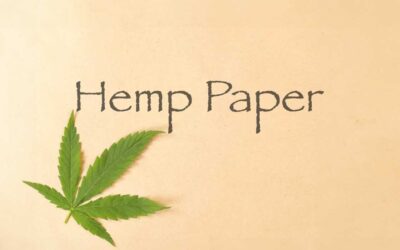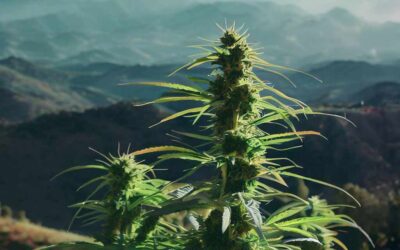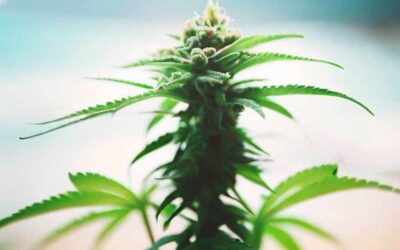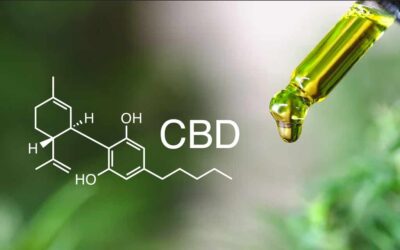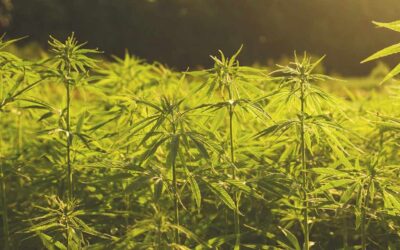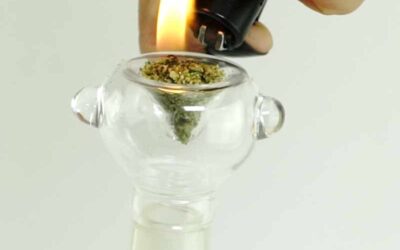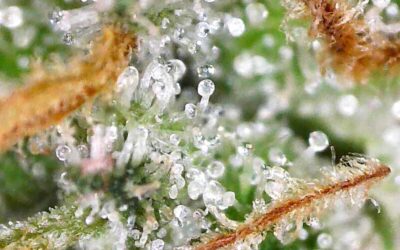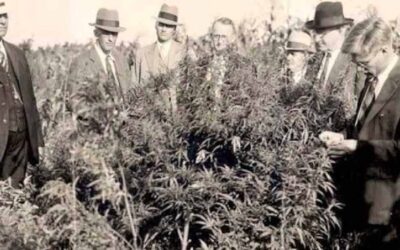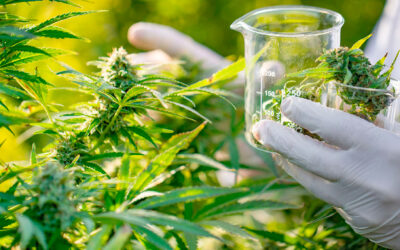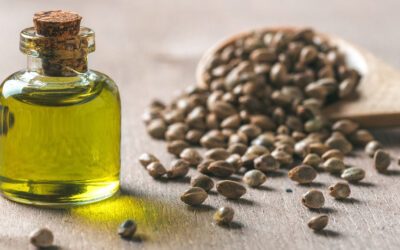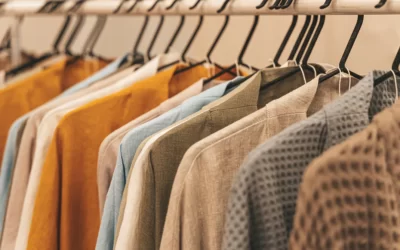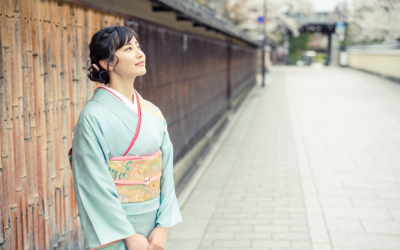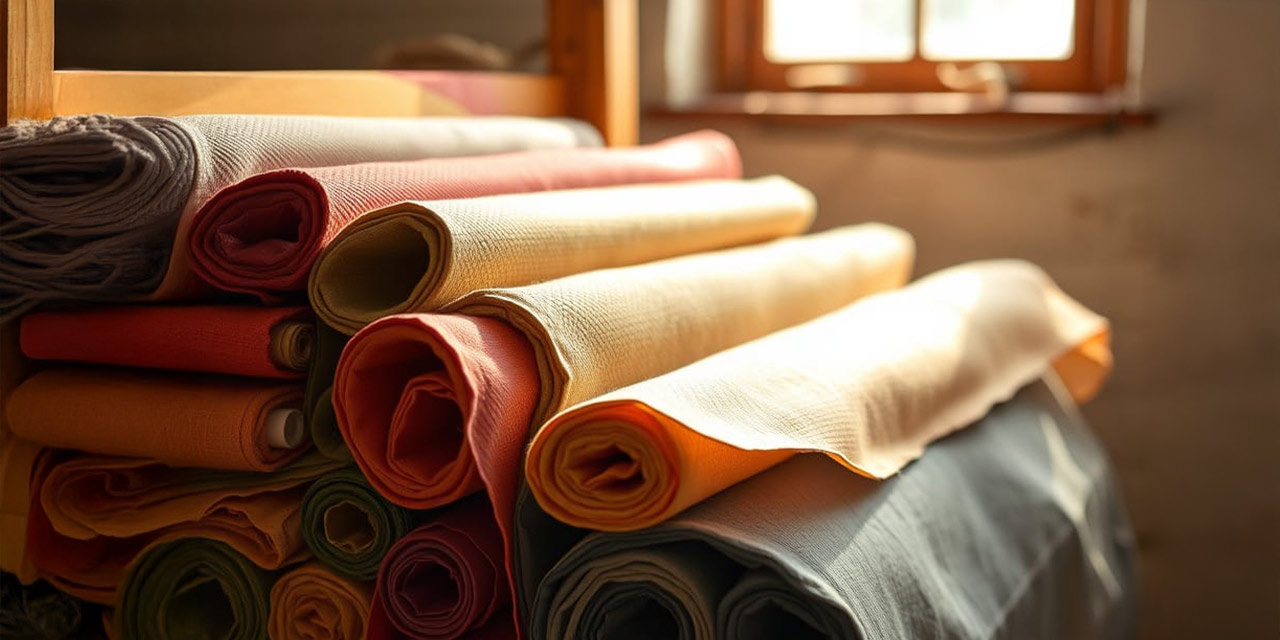
Making Hemp Fabrics
Hemp fabrics have been used for centuries, prized for their durability, sustainability, and versatility. Today, hemp textiles are gaining popularity in fashion and home goods, thanks to growing environmental awareness and the demand for eco-friendly materials. But how exactly is hemp turned into fabric? Let’s delve into the detailed process of making hemp fabrics, from cultivation to the final textile.
Cultivation of Hemp
The journey of hemp fabric begins with the cultivation of hemp plants. These plants are typically grown from seeds in nutrient-rich, well-drained soil. Hemp is a hardy crop that thrives in moderate climates and requires minimal pesticides or herbicides, making it an environmentally friendly choice.
Hemp plants grow rapidly, reaching maturity within 100–120 days. This quick growth cycle not only makes hemp a renewable resource but also allows for multiple harvests in a single year in some regions.
Harvesting the Hemp Stalks
When the hemp plants mature, they are harvested, usually by cutting the stalks close to the ground. Timing is crucial during this phase, as harvesting too early or late can impact the quality of the fibres. The harvested stalks are then bundled and prepared for the next stage: retting.
Retting: Separating Fibre from Core
Retting is the process of separating the bast fibres, which are used for fabric, from the woody core of the hemp stalk. There are several retting methods, each with its own advantages:
- Water Retting: The stalks are soaked in water, encouraging microbial activity to break down the pectin that binds fibres to the core.
- Dew Retting: Stalks are left in fields, where natural moisture and microbial action separate the fibres.
- Enzymatic Retting: Modern enzymatic methods use specific enzymes to speed up the process while maintaining fibre quality.
Retting typically takes 1–3 weeks, depending on the method and environmental conditions.
Decortication: Extracting the Bast Fibers
After retting, the stalks are dried and sent through a decorticator machine. This machine mechanically breaks the stalks, separating the outer bast fibres from the inner woody core, known as hurds. The bast fibres are what will eventually be transformed into fabric.
Scutching and Hackling: Refining the Fibres
The extracted fibres undergo scutching, a process that removes remaining woody particles. This is followed by hackling, where the fibres are combed to align and refine them. Hackling ensures the fibres are smooth and ready for spinning, producing strands that range from coarse to fine, depending on their intended use.
Spinning: Creating Yarn from Hemp Fibres
The refined hemp fibres are then spun into yarn. Spinning can be done manually or with industrial spinning machines. The type of yarn produced—fine or coarse—depends on the intended application of the fabric. Hemp yarns are known for their strength and durability, making them suitable for a variety of textiles.
Weaving or Knitting: Transforming Yarn into Fabric
Once spun, the hemp yarn is woven or knitted into fabric. Weaving techniques can create various textures, from rough burlap-like material to soft, linen-like textiles. Modern looms can produce consistent and high-quality hemp fabrics, catering to diverse uses, from clothing to upholstery.
Processing and Finishing: Perfecting the Fabric
The woven or knitted fabric undergoes further processing to enhance its texture, appearance, and functionality. Common finishing treatments include:
- Washing and Softening: To reduce stiffness and enhance the fabric’s feel.
- Bleaching or Dyeing: To achieve desired colours or patterns.
- Blending: Hemp fibres are sometimes blended with cotton, silk, or other materials for added softness and versatility.
Eco-Friendly Properties of Hemp Fabric
One of the standout qualities of hemp fabric is its sustainability. Hemp cultivation requires significantly less water than cotton and no synthetic fertilisers or pesticides. Additionally, hemp fabrics are:
- Biodegradable: Fully compostable at the end of their life cycle.
- Durable: Withstand wear and tear, often lasting longer than cotton.
- Naturally Resistant: Inherent resistance to pests, UV light, and mould.
- Breathable: Keeps wearers cool in summer and warm in winter.
Why Choose Hemp Fabrics?
Hemp fabrics are not just eco-friendly but also highly versatile. They’re used in clothing, accessories, home furnishings, and even industrial applications. With increasing demand for sustainable alternatives, hemp textiles are paving the way for a greener future in the textile industry.
The process of making hemp fabrics showcases the ingenuity of transforming a fast-growing plant into a durable, eco-friendly material. From the fields to your wardrobe, hemp fabrics represent a harmonious blend of tradition and innovation. By choosing hemp, consumers can enjoy high-quality products while supporting sustainable practices and reducing their environmental footprint.



